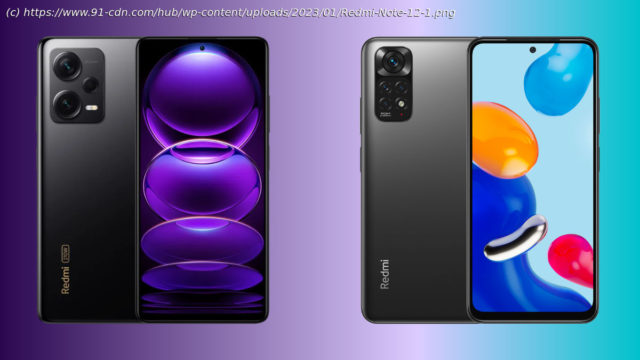In this article, we’ll look at four ways the Redmi Note 12 differs from the Redmi Note 11, and compare their display, chipset, camera, and launch price.
Xiaomi launched its Redmi Note 12 series in India on Thursday, including the vanilla Note 12, Redmi Note 12 Pro, and Redmi Note 12 Pro+. These smartphones offer significant improvements over their predecessors, the Redmi Note 11 series. In this article, we’ll look at four ways the Redmi Note 12 differs from the Redmi Note 11, and compare their display, chipset, camera, and launch price. With that said, let’s look at what the Redmi Note 12 brings to the table.
The last year’s Redmi Note 11 packs a 6.43-inch full HD+ AMOLED panel with a refresh rate of 90Hz. A jump from 60Hz to 90Hz could be either immediately noticeable to some or not at all. In our review, we found this display produces excellent contrast and delivers rich, vibrant colours. Although the maximum brightness of 1000 nits was slightly less than its predecessor’s 1100 nits, it was readable under the harshest lights.
The Redmi Note 12, on the other hand, flaunts a more prominent 6.67-inch FHD+ display, a better Super AMOLED panel, and a smoother 120Hz adaptive refresh rate. A shift from 60Hz to 120Hz is undoubtedly noticeable — it’s twice the speed, after all — and should feel smoother than 90Hz.






